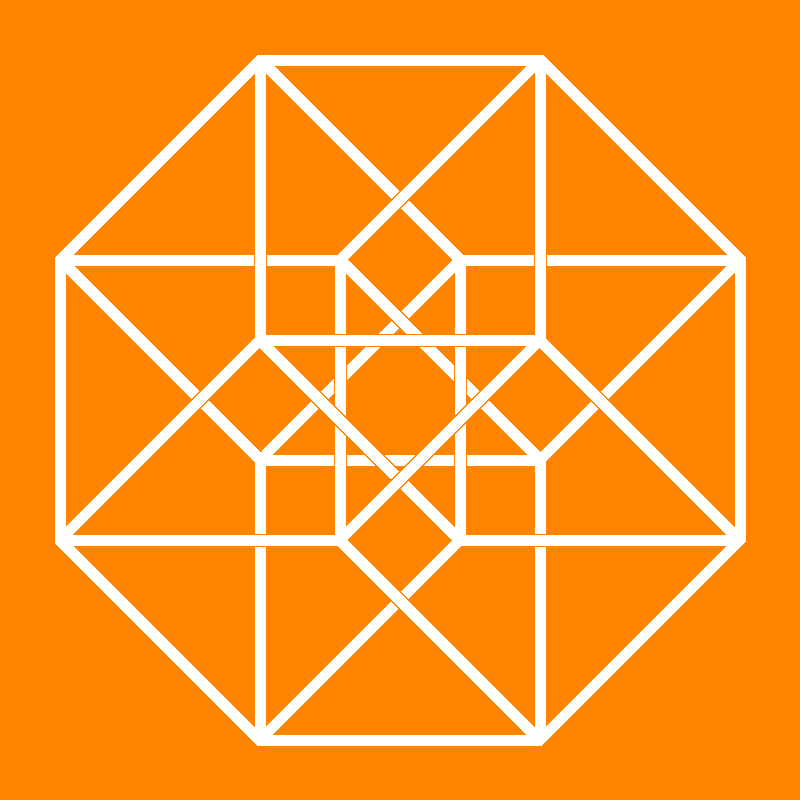
Journal for Geometry and Graphics 11 (2007), No. 2, 237--247
Copyright Heldermann Verlag 2007
An Educational Non-Photorealistic Rendering System Using 2D Images by Java Programming
Kunio Kondo
School of Media Science, University of Technology, 1404 Katakura, Hachioji, Tokyo 192-0982, Japan
kondo@media.teu.ac.jp
Tomoyuki Nishita
Dept. of Complexity Science and Engineering, Graduate School of Frontier Sciences, University of Tokyo, 5-1-5 Kashiwanoha, Kashiwa City 277-8561, Japan
nishita@k.u-tokyo.ac.jp
Hisashi Sato
Dept. of Information Media, Institute of Technology, 1030 Shimo-Ogino, Atsugi, Kanagawa 243-0292, Japan
sato@ic.kanagawa-it.ac.jp
Koichi Matsuda
Iwate Prefectural University, 152-52 Suga, Takizawa, Iwate 020-0173, Japan
matsuda@iwate-pu.ac.jp
It is important to improve the teaching and tutoring materials available in undergraduate CG education. Exposure to such material will certainly help encourage CG research. However, new image generation algorithms proposed in recent research are not usually included in tutoring material at the undergraduate level. We, the authors, have developed teaching material designed for educating undergraduates in CG. This paper describes teaching materials that support the study of NPR, or "non-photorealistic processing", a painting-style image processing technique used in CG education. Our goal is to make a tutoring system for studying NPR through Java programming. First, we will introduce "Jimmy", an educational Java software program for NPR. Jimmy supports a new brush and filtering functions for painting-style images. Second, we introduce a "CG Experiment Course Syllabus" for using the proposed system, and we describe the outcomes of its exercises. Students can develop new brush, filtering, and drawing techniques for painting-style images by extending and modifying the algorithms. Through using our system we found the following results:
(1) The proposed educational system was very useful for students in comprehending an algorithm by extending the existing source of the algorithm, and the students were able to comprehend various painting processing methods by developing new image filters.
(2) The proposed educational system spurred an increase in the number of students interested in non-photorealistic image generation techniques.
Keywords: Computer graphics, non-photorealistic rendering, educational systems, Java.
MSC: 68U05
[ Fulltext-pdf (336 KB)] for subscribers only.